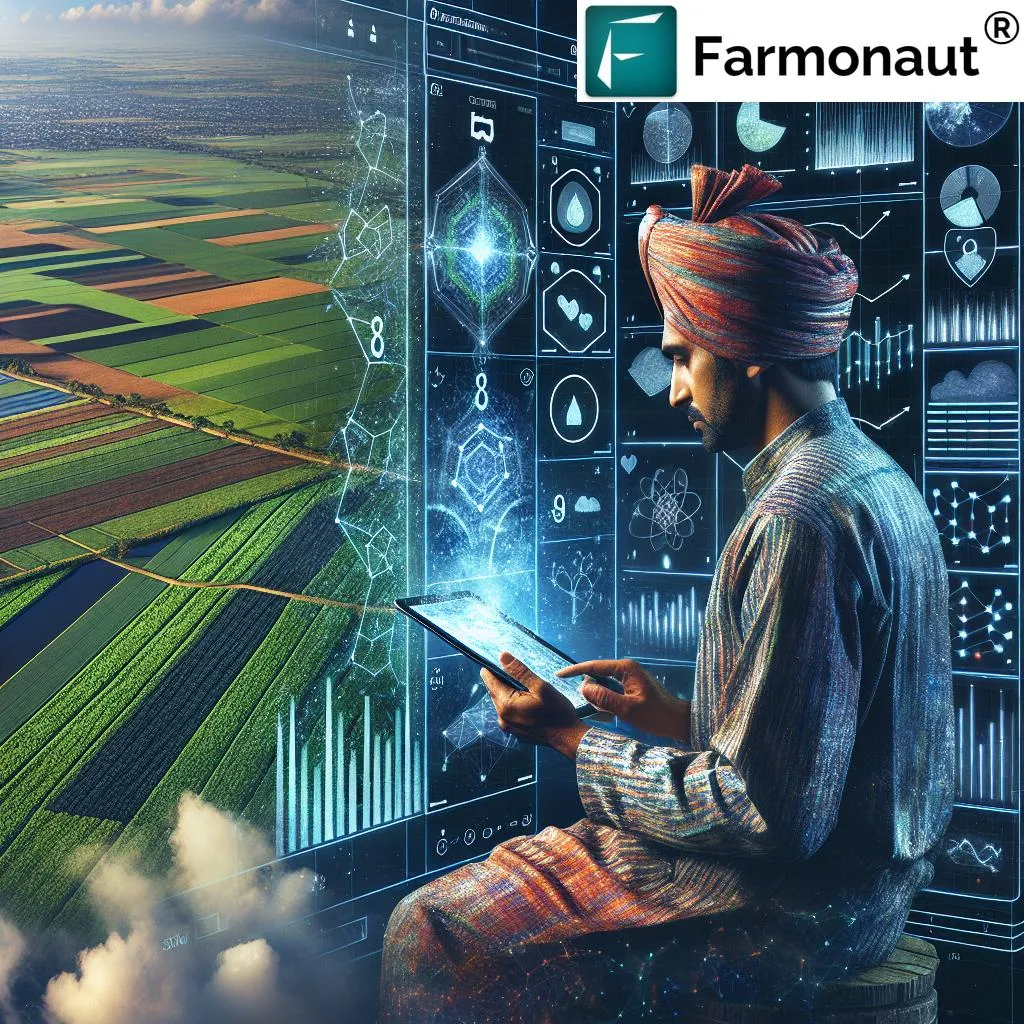In the heart of Israel’s arid Negev desert, a groundbreaking study is reshaping how we monitor and manage agricultural landscapes. Researchers have developed a novel framework that combines machine learning and multi-sensor satellite data to create high-resolution, multi-season crop type maps. This innovation promises to revolutionize precision agriculture, offering a scalable, cost-effective solution for dynamic crop monitoring.
The study, led by Nechama Z. Brickner from the French Associates Institute for Agriculture and Biotechnology of Dryland at Ben-Gurion University of the Negev, focuses on the western Negev region. The research introduces a hierarchical remote sensing framework that integrates Sentinel-1 SAR and Sentinel-2 multispectral data. This fusion of data sources enables the creation of detailed crop type maps, even in heterogeneous and fragmented agricultural landscapes.
The three-tier Random Forest classification workflow developed by Brickner and her team is a game-changer. It starts with identifying agricultural land cover types with an impressive 94% overall accuracy. The second tier focuses on wheat identification, achieving a remarkable 95% accuracy. The final tier classifies 13 different field crop types, including wheat, corn, and cotton, with an 81% accuracy rate.
“This hierarchical structure not only improves classification precision but also enables robust generalization across years,” Brickner explains. “It allows us to track crop rotation, land-use intensity, and field-level management practices with unprecedented detail.”
The implications for the agriculture sector are substantial. Traditional monitoring approaches often lack the spatial resolution and revisit frequency needed for precise crop management. This new framework addresses these limitations, offering a dynamic and scalable solution. By coupling remote sensing outputs with national GIS infrastructure, farmers and agricultural managers can make more informed decisions, leading to improved yields and sustainable land-use planning.
The study’s novelty lies in its ability to fuse radar, optical, and phenological information. This multi-sensor approach captures climate-driven phenological gradients in crops, revealing spatial variability in crop development patterns that conventional methods often overlook. “This research provides a cost-effective, transferable solution to advance precision agriculture and promote climate adaptation,” Brickner notes.
As the agriculture sector faces increasing pressures from climate change and the need for sustainable practices, this research offers a beacon of hope. The ability to monitor crop dynamics with precision is vital for food security and sustainable agricultural management. This innovative framework not only supports operational, dynamic crop monitoring but also guides sustainable land-use planning at regional and national scales.
Published in ‘Smart Agricultural Technology’, this study sets a new standard for agricultural monitoring. By leveraging advanced machine learning techniques and multi-sensor satellite data, it paves the way for a future where precision agriculture is not just a goal but a reality. The commercial impacts are profound, offering farmers and agricultural managers the tools they need to thrive in an ever-changing environment.
As we look to the future, this research shapes the trajectory of agricultural technology. It inspires further developments in remote sensing and machine learning, driving the agriculture sector toward a more sustainable and productive future. The work of Nechama Z. Brickner and her team is a testament to the power of innovation in addressing global challenges, one crop at a time.

